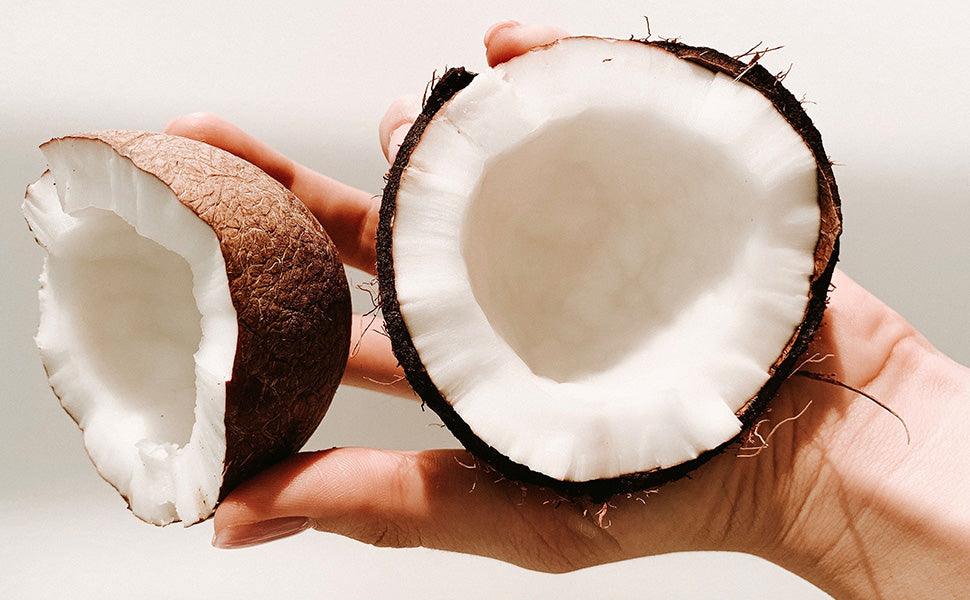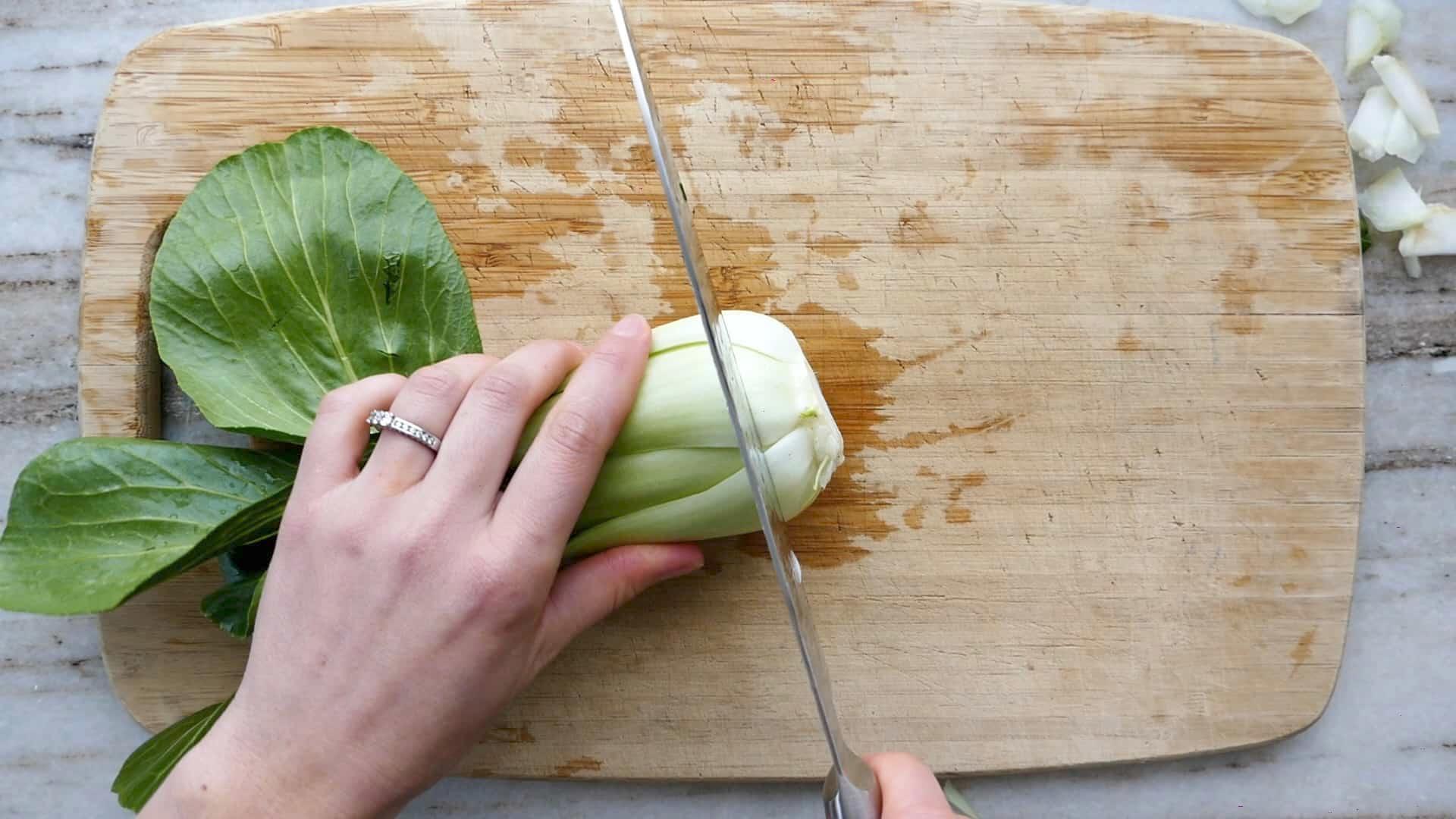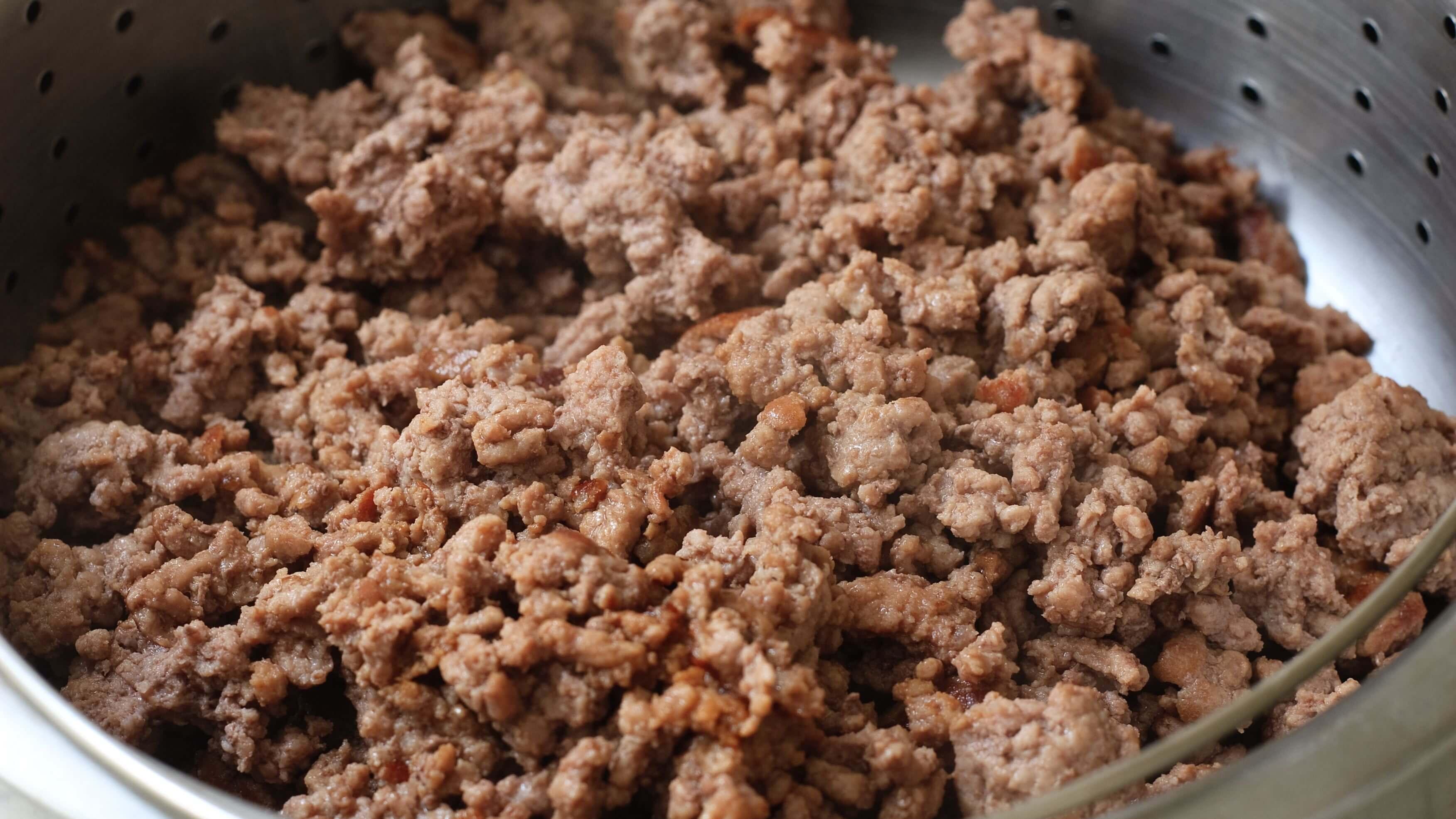TABLE OF CONTENTS
When we go to the grocery store and find coconuts in the fruit section, it's all too easy to think they are ready to be opened. On top of that, what are the best ways to open a coconut at home that are easy and don't ruin your kitchen utensils? If you've ever wondered how to crack a ripe coconut, this guide will tell you everything you'll ever need to know beforehand.

How to choose a coconut
No matter what size coconut you find at the store, they aren't all considered ripe or ready to be opened. And unlike many other fruits that come from a tree, these are considered Drupes, a sub-category known better as fruit stones. So choosing the best drupe is learning what to look for when choosing. Unlike thumping a watermelon, these two have a lot more in common than you've been led to think.
How to tell if coconut is ready to be opened
An average watermelon will be filled with plenty of water within the sweet meat inside. Thumping it with your forefinger should resonate like an echo just like Jello does when you flick it. This is a good indication that the water content is high enough. When choosing a coconut, you need to give it a good shake. Listen for a nice sloshing sound inside which tells you how much liquid is still inside.
The more your coconut sounds filled with water (actually coconut milk), the fresher it will be for picking. Less water is not a good choice and can even have become spoiled from the lack of water content. The exterior color must be a golden brown with no green or color or mold spots showing on the three dark spots (the eyes) on the base of your coconut. Smelling these spots is also a sign of detecting mold that could be growing inside.
There is virtually no smell and may even smell wood-like rather than a coconut smell, telling you the coconut is ripe. The most common coconut you'll likely see at your store is the version that has the green husk removed exposing only the nut itself. Another version often has more water inside and is great for drinking but hardly has any coconut meat. De-husked coconuts are better for using the meat and liquid for cooking.

Tools required to open a coconut
You don’t need any complicated tools to open a coconut at home in your kitchen. However, there is the right utensil for every job. You'll want a chef knife, a paring knife, a cutting board, and some handy kitchen towels. The towels are placed on your cutting board so your coconut doesn't skate around or slip when you are starting to crack open a coconut. As an option, you can also place a kitchen towel underneath your cutting board to dampen the sound.
You should also have a portable ice pick or a Phillips head screwdriver. These are used to make holes where the coconut eyes are located. You should also have a simple potato peeler and cheese grater. This will come in handy when you want to clean up and grate the meat of your coconut.
Different ways of opening a coconut
There are many techniques to open a dry coconut that we will discuss here. Aside from using a brick to crush your coconut, some people prefer to save the coconut shell and use it for home crafting or Tiki Party décor. Some people might prefer to glue the shells back together and display these as a bowl full of coconuts. No matter what you'll decide, here are the best methods.

The best way to crack or open a coconut
The first method is relatively simple since this is called the 'Whack Job'. It starts with placing your coconut onto a cutting board with a scrunched-up kitchen towel placed in the middle. Place a towel underneath to dampen the blow on your counter likewise. You then place a coconut that's been emptied already and lay it sideways like an egg. Most coconuts will be slightly oval-shaped but if yours isn't, make sure (the eyes) are lying horizontal to you.
Now you take a chef knife and turn the blade upside down. You want to strike the middle of the coconut directly in the center using the dull spine rather than the blade. Center the spine to hit further back toward the blade handle and give the coconut a good whack! Now rotate your coconut one-quarter turn and repeat again with a whack. Hold onto one side of the coconut so it doesn’t slip away and keep whacking until a crack forms and can be pried in half easily.
Another straightforward method calls for putting an emptied coconut into a preheated oven at 400 degrees Fahrenheit for 20 minutes. It will crack naturally and need to cool before you can handle it. The meat can peel very easily from the husk-like hard rubber to be sliced or diced. Later, it can be left to dry so you can grate the coconut meat for desserts and added to all sorts of recipes.

How to extract the water
You will need a pointy object such as a Phillips screwdriver or a portable ice pick. Just before you start having flashbacks of “Basic Instinct”, handheld ice picks are ideal for poking the eyes of a coconut (which are quite soft) so you can drain the liquid easier. A screwdriver will work the same if you use a mallet or meat tenderizer to poke all three holes on the base of your coconut.
Once all of these holes are opened, you can drain the water, called coconut milk into a small bowl for cooking or enjoying as an energy-filled liquid. You need to shake the coconut back and forth to empty all of the liquid, which is clear like water but has the unmistakable aroma of coconut as soon as you smell this.
How to extract the meat
Between the husk of the coconut shell and the firm, white meat of a fresh coconut can be removed using different methods. A spoon or butter knife will separate the meat from the husk if you prefer. You can also use a pointy tool such as a paring knife to get a better edge that lifts up faster. Once this is done, a spoon works great just like you are scooping out the meat from an avocado.
The meat will be very firm, similar to soft leather but no crispier than old radishes. This is where a sharp knife will slice up large sections so you can either let it dry as you like or prepare it as a tasty snack. One of the more interesting facts about coconut meat is the brown skin that comes from the lining of the husk. This can be removed using a potato peeler as soon as it comes from the husk.
How to store coconut?
Coconut can be easily air-dried and placed into a food dehydrator. If you’re looking to preserve coconut for long-term storage, a freeze dryer is recommended. Dried coconut can be used for soups or desserts and many recipes call for coconut. The best way to store coconut is inside a sealed package with as much air removed. You can use a vacuum sealer to help preserve the flavor so it doesn’t get stale.
It can also be frozen so that this is best preserved inside a freezer bag but the critical part is that the air must be removed so there isn't a chance it becomes covered with ice crystals that will spoil your coconut over the next six months. A cool dry play such as a pantry is best where no light will make dried coconut prone to getting stale or losing flavour.
Recommended knives to open a coconut
The optimal knives you can purchase always depend on what you can add to your kitchen. The most practical knives include our best paring knive and chef knife. Anything else depends on your needs in your kitchen. You can always choose a paring knives set that makes a complete collection if you like kitchen accessories. This way, you can decide which knife set will work in your favour to complete the various kitchen tasks you need.
What are coconuts good for?
Many people are looking for healthy additions to their diet, yet- fewer people understand how coconuts are essential for a healthy diet. Learning how to open a coconut is not as hard a task if you like cooking. But when it comes down to enjoying why a fresh coconut will be healthier than you think, why not get around to cracking open some ripe coconuts in your kitchen soon enough?






















Leave a comment
All comments are moderated before being published.
This site is protected by hCaptcha and the hCaptcha Privacy Policy and Terms of Service apply.